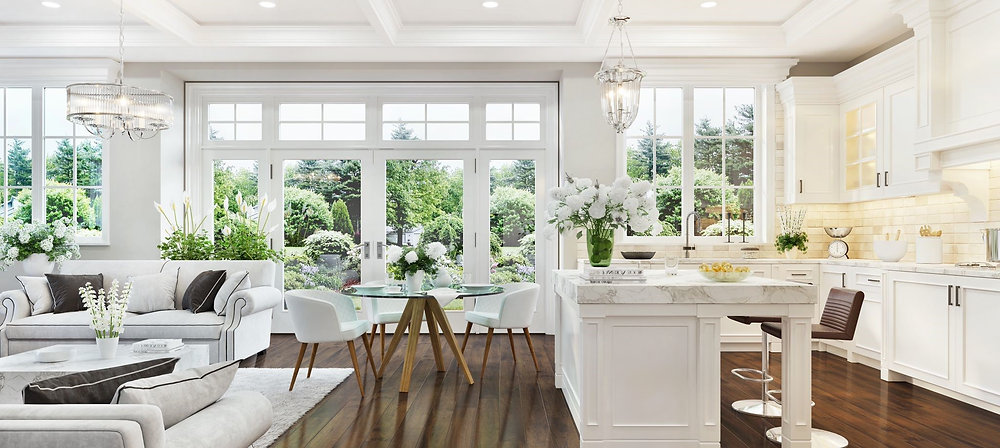
Introduction
Interior design is all about creating spaces that are not only beautiful but also comfortable and functional. One of the most exciting aspects of interior design is the use of textures. Textures can completely change the feel of a room, adding depth, interest, and personality. In this article, we will explore how textures play a vital role in interior design, focusing on various aspects, including their importance, how to incorporate them, and specific applications like Florida kitchen design.
The Benefits of Using Wallpaper in Kids’ Rooms: Design and Practicality
Using wallpaper in kids’ rooms is a smart choice for both design and practicality. With endless patterns, colors, and themes, kids room wallpaper can transform a simple space into a magical one that sparks creativity and imagination. It’s easy to match wallpapers with your child’s personality or interests, from playful animals to vibrant geometric designs. Practicality is another key benefit—modern wallpapers are durable, washable, and easy to maintain, making them ideal for withstanding the wear and tear of active kids. Additionally, wallpaper is an excellent way to update a room quickly and affordably, offering a cost-effective solution for parents looking to refresh their child’s space without extensive renovations.
The Importance of Texture in Interior Design
Textures are essential in interior design because they can transform a space. They add layers to a room, making it visually appealing. Different textures can evoke various emotions and sensations. For example, smooth surfaces like glass or polished stone create a sleek, modern look, while rough textures like exposed brick or reclaimed wood can give a cozy, rustic feel. In Florida kitchen design, incorporating a mix of textures can enhance the overall ambiance, making the space feel inviting and lively.
Types of Textures
There are two main types of textures: visual and tactile. Visual textures are those that we see, while tactile textures are those we can feel. When designing a room, it’s essential to consider both types. For instance, a wall painted with a textured finish creates visual interest, while a plush rug adds a tactile element that invites people to walk barefoot. In Florida kitchen design, combining visual and tactile textures can create a dynamic space. Think of pairing glossy cabinetry with a matte backsplash or a sleek countertop with a textured wood table.
How to Incorporate Texture
Incorporating texture into interior design doesn’t have to be complicated. Start by choosing a color palette that allows different textures to shine. You can mix and match materials, such as metal, wood, fabric, and stone, to create a layered look. In Florida kitchen design, consider using textured tiles for the backsplash, which can provide a beautiful contrast to smooth countertops. Adding textured accessories, such as woven baskets or patterned cushions, can also enhance the overall design.
Textures in Different Rooms
Textures can be applied uniquely in various rooms of a home. For example, in living rooms, soft fabrics like velvet or linen can create a cozy atmosphere. In bedrooms, a combination of textures in bedding and curtains can evoke a sense of comfort. Meanwhile, kitchens, especially in Florida kitchen design, can benefit from a mix of hard and soft textures. This might include shiny stainless-steel appliances alongside rough-hewn wooden shelves. Each room should tell its own story through the careful selection of textures.
The Role of Color and Texture
Color and texture work together to create harmony in interior design. A room filled with bright colors can be balanced with neutral or textured surfaces. For instance, a vibrant Florida kitchen design might feature bright cabinetry balanced by a textured granite countertop. This interplay helps prevent the space from feeling overwhelming. Using texture can soften the impact of bold colors, allowing for a more cohesive and inviting environment.
Conclusion
Textures are a crucial element in interior design, influencing how a space looks and feels. They can create depth, contrast, and warmth, making a room feel complete. By understanding the different types of textures and how to incorporate them, you can transform any space, including your Florida kitchen design. Whether you’re working with smooth, glossy surfaces or rough, natural materials, the right textures will enhance your design and bring your vision to life. Embrace the power of texture to create spaces that are not only beautiful but also inviting and functional.




